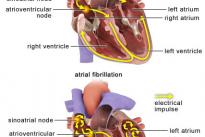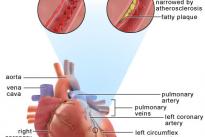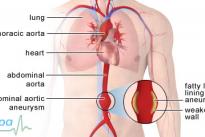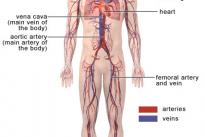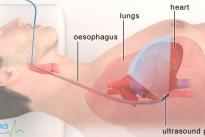Bupa Life
Atrial fibrillation is when the heart beats too fast in an irregular rhythm. It is caused by faulty electrical signals in your heart and is the most common type of arrhythmia (irregular heartbeat...
Coronary heart disease is due to fatty deposits building up on the walls of the arteries to the heart. It causes angina, which is chest pain.
In the UK, more people die from coronary heart...
Abdominal aortic aneurysm is a widening or bulging of the aorta (the largest blood vessel) in the abdomen. Abdominal aortic aneurysm usually occurs at a weak spot in the aortic wall. It often...
Coronary angioplasty is a procedure used to unblock blood vessels that supply the heart with blood. Fatty material can build up on the inside of blood vessels. Coronary angioplasty flattens the...
The cardiovascular system supplies oxygen from the lungs to the tissues around the body. It also transports carbon dioxide, a waste product, from the body to the lungs. Breathing out removes...
An angiogram (also called a cardiac catheterisation) is a test used to diagnose certain heart conditions.
You will meet the doctor carrying out your procedure to discuss your care. It may...
An echocardiogram uses ultrasound to produce moving real-time images of the inside of your heart. In a TOE, the ultrasound probe is placed in your oesophagus (the pipe that goes from the mouth to...
This factsheet is for people who have heart failure, or who would like information about it.
Heart failure is a term used to describe the condition when the heart is not pumping blood...















